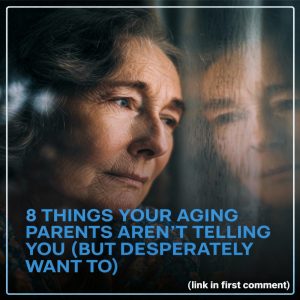**If You See These Painful Red Bumps, You May Have Dyshidrotic Eczema**
If you’ve noticed **small, itchy red or clear bumps** on your hands or feet that seem to appear suddenly — especially around your fingers, palms, or the sides of your toes — you may be dealing with a condition called **dyshidrotic eczema**.
Also known as **pompholyx**, dyshidrotic eczema is a form of dermatitis that causes **tiny fluid-filled blisters** that can be extremely **itchy, painful, or even burning**. Many people mistake it for an allergic reaction, bug bites, or even fungal infections — but it is its own specific skin condition.
—
### **What Dyshidrotic Eczema Looks Like**
You may have dyshidrotic eczema if you notice:
* **Small, deep blisters** that look like tapioca pearls
* **Intense itching** or burning sensation
* **Redness and irritation**
* **Dry, cracked, or peeling skin** as blisters heal
* **Painful sensitivity**, especially when using your hands or walking
These blisters often appear **in clusters** and can last **1–3 weeks** before drying out and peeling.
—
### **What Causes It?**
There is no single cause, but triggers commonly include:
| Trigger | Why It Matters |
| ———————— | ——————————————— |
| Stress | Stress hormones can inflame the skin |
| Allergies | Especially nickel, cobalt, fragrances |
| Heat & Sweating | Moisture trapped in skin can trigger blisters |
| Frequent Hand Washing | Strips protective skin barrier |
| Eczema or Asthma History | Higher genetic likelihood |
| Seasonal Changes | Often worse in spring or humid weather |
Even something as simple as new jewelry, cleaning chemicals, or hand sanitizers can set it off.
—
### **Who Is Most at Risk?**
Dyshidrotic eczema is more common in:
* Adults aged **20–40**, though it can occur at any age
* People with **other forms of eczema**
* Those with **seasonal allergies**
* Individuals exposed to **metal or chemical irritants**
—
### **How to Treat It (What Dermatologists Recommend)**
#### **At Home Relief**
* **Cool compresses**: Reduce itching and swelling
* **Moisturize regularly**: Use fragrance-free, thick creams or ointments
* **Avoid scratching**: It makes blisters worse and can cause infection
* **Switch to gentle soaps**: Avoid perfumes, alcohols, and dyes
#### **Medical Treatment**
If symptoms are moderate or severe, a dermatologist may prescribe:
* **Topical corticosteroid creams**
* **Anti-itch antihistamines**
* **Barrier repair creams**
* **Light therapy (phototherapy)** for recurring cases
* **Oral steroids** for severe flare-ups (short-term)
If infection is suspected (yellow crust, warmth, pus), **antibiotics** may be necessary.
—
### **Can It Be Prevented?**
While not always avoidable, you can reduce flare-ups by:
* Wearing **gloves** when cleaning or washing dishes
* Choosing **fragrance-free** skin care products
* Avoiding **nickel and cobalt** in jewelry or tools
* Managing stress with relaxation or breathing techniques
* Applying moisturizer **after every hand wash**
—
## **When to See a Doctor**
Seek medical advice if:
* The bumps are spreading or getting worse
* The pain interferes with daily tasks
* Home care doesn’t help within **one week**
* You notice signs of infection
Early treatment can prevent the condition from becoming chronic.
—
### **The Bottom Line**
Dyshidrotic eczema is **common, painful, and frustrating**, but it is **treatable**.
If you’re seeing small, itchy, blister-like bumps on your hands or feet, identifying triggers and protecting your skin can make a big difference.
You’re not alone — and relief **is** possible with the right care.





